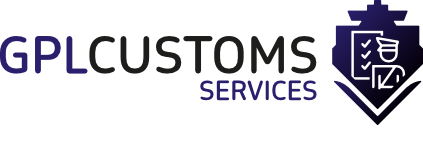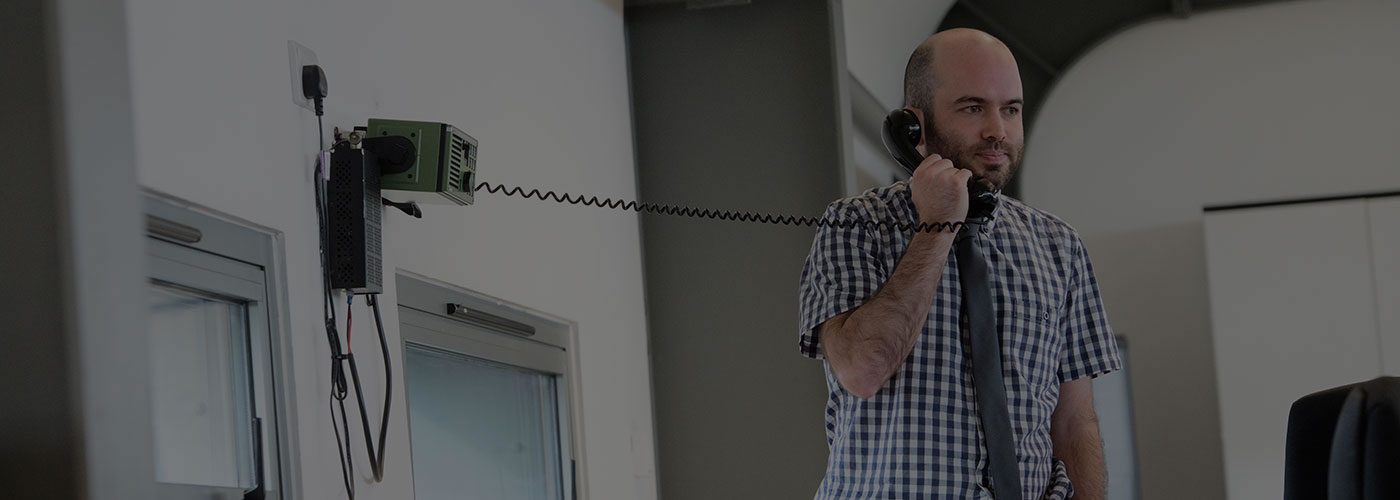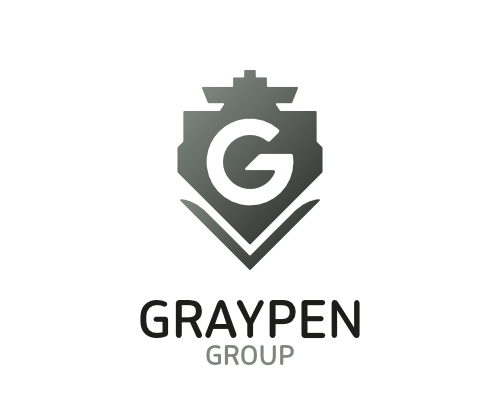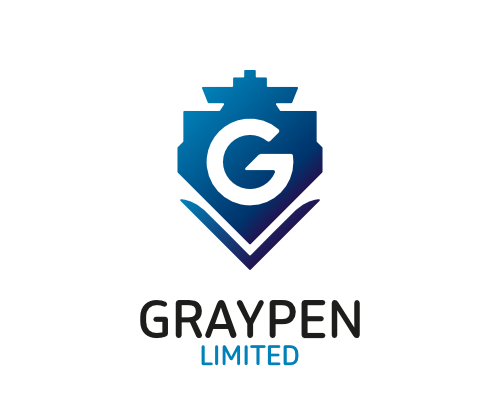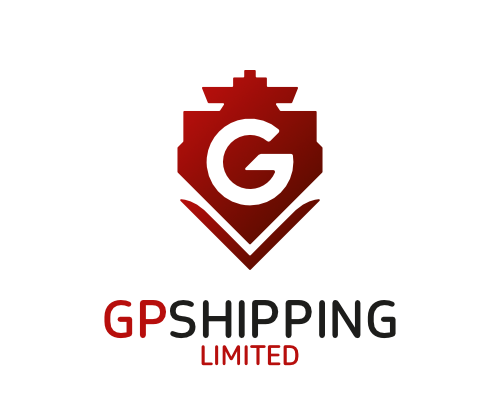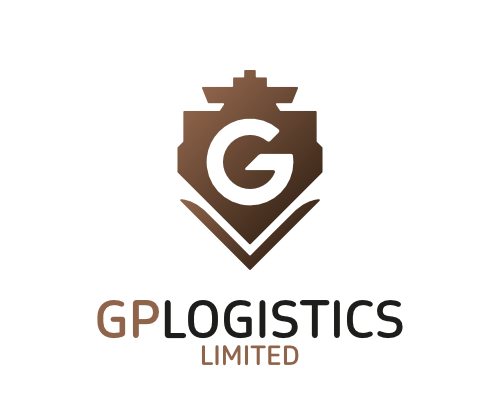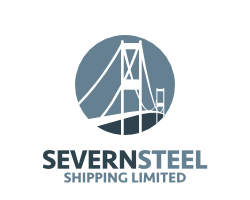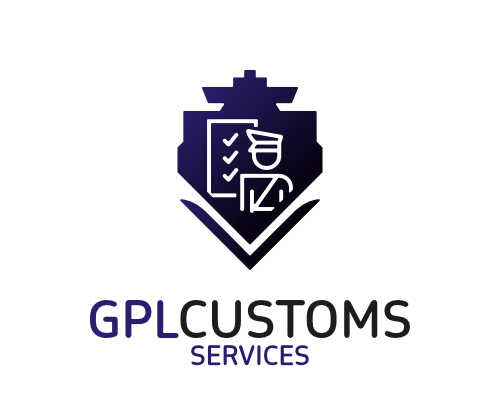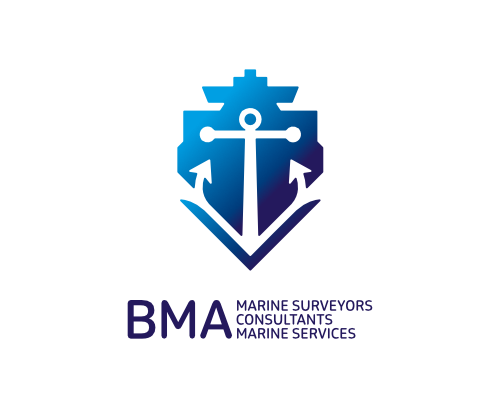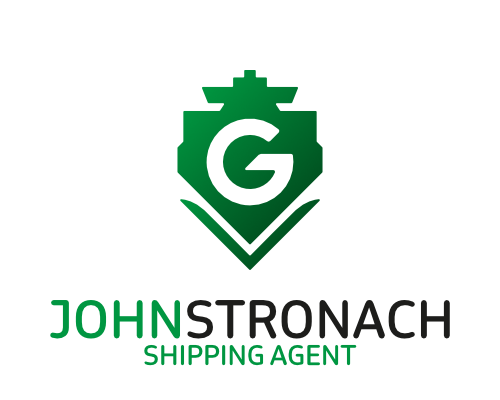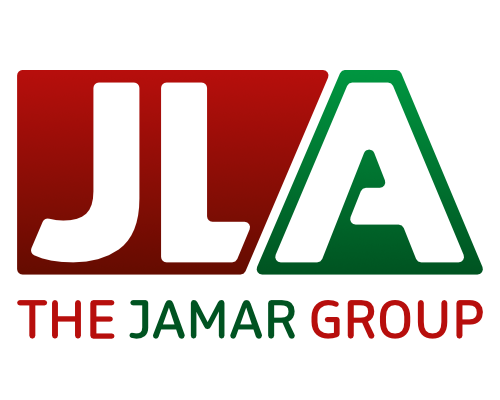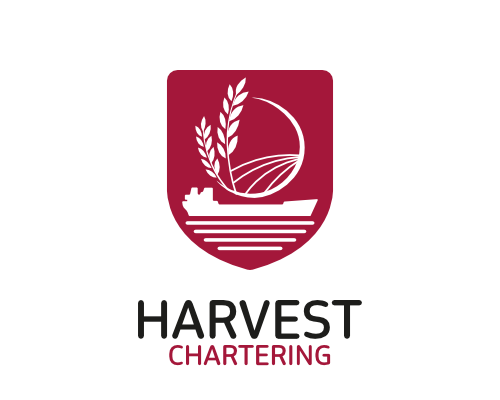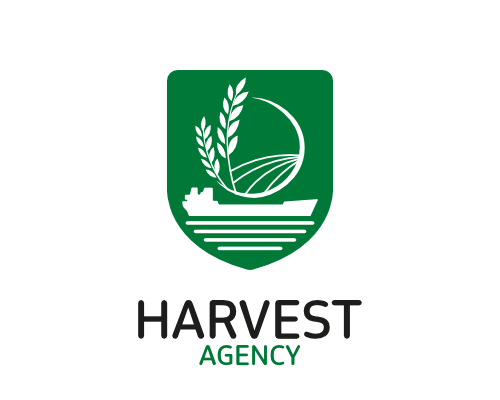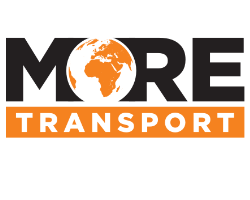
Latest Blogs
Archive
2025
2 Blogs
December
1 Blog Item
August
1 Blog Item
February
2 Blog Items
2024
4 Blogs
October
1 Blog Item
June
3 Blog Items
Understanding the Changes with NCTS Phase 5 Implementation
With Phase 5 of the New Computerised Transit System (NCTS-P5) having launched on 21 January 2025, GPL Customs want to prioritise keeping our clients updated on key regulatory changes.
This implementation will impact Transit Declarations and how they are managed. But don’t worry, we’re here to explain what’s new and what it means for your business.
Let’s break it down and keep things simple!
What is NCTS-P5?
NCTS-P5 is the latest update to Europe’s Common Transit Convention (CTC). It’s designed to make customs transit processes smoother and more efficient.
A big focus this time is on something called House Consignments. This will allow you to provide more detailed information in your transit declarations, giving you greater flexibility and accuracy.
Here’s What’s Changing:
1. House Consignments
Think of House Consignments as mini-sections within your declaration. Each one lets you include specific details like who’s sending and receiving the goods (consignor and consignee), along with other info like document references.
Why does this matter?
Instead of lumping everything together Declarations can be
organised more neatly ensuring faster processing of goods.
This is especially helpful for:
- One supplier sending goods to multiple customers.
- Multiple suppliers sending goods to one customer.
- A mix of suppliers and customers in more complex movements.
Key points to remember:
- You can include up to 1999 House Consignments in one declaration, with a maximum of 999 items per consignment.
- But all goods in a single declaration must arrive at one place. If they’re heading to multiple destinations, you’ll need separate declarations.
2. Mandatory Commodity Codes
Starting 22 January 2025, all transit declarations must include commodity codes. These codes classify goods according to the Harmonised System (HS), a global framework used by customs authorities to determine duties, taxes, import/export restrictions, and statistical tracking. Accurate classification is essential for ensuring compliance and avoiding delays or penalties.
To prepare: Use the UK Trade Tariff Tool: This online resource can help you identify codes.
Including the correct commodity codes will streamline the customs process, reduce transit times, and ensure clear communication with authorities. This mandatory update is a critical step toward smoother and more efficient international trade operations.
For guidance, visit the gov.uk commodity codes search tool .
3. New Message Types for Compliance
As part of NCTS Phase 5, there are new message types you’ll need to be aware of. These messages are key to maintaining accurate communication with customs authorities:
- IE015 – Declaration Data: Used to submit the transit declaration data.
- IE029 – Arrival Notification: Must be sent when goods arrive at their destination.
- IE051 – Control Decision Notification: Sent by customs to inform you about control decisions related to consignments.
- IE045 – Release for Transit: Indicates that goods are cleared for transit.
For detailed technical guidance on these message types, visit the official gov.uk NCTS Phase 5 guidance.
4. The "Office of Incident" Role
If something unexpected happens during transit, such as delays, damage, or loss of goods, you must now report it to the nearest designated Office of Incident. This ensures that issues can be documented and resolved promptly to avoid further disruption.
How it works:
- Incidents must be reported as soon as they are identified during the movement of goods.
- The nearest Office of Incident will manage and monitor the situation, ensuring compliance with customs rules and preventing delays in onward transit.
Why this matters:
- Accurate and timely reporting prevents penalties or rejection of goods.
- It provides a formal process to handle unexpected issues and ensures all parties are informed and compliant.
How GPL Can Help
We know this is a lot to take in, but you’re not alone. GPL Customs and Logistics is here to guide you every step of the way. Whether it’s answering questions, updating processes, or managing declarations. Our team can help you improve your process, guide your staff through the new procedure and handle your transit declarations efficiently.
What's Next?
Need help or have questions? Reach out to us anytime.
At GPL, we’re here to make customs simple and stress-free.
[Get Expert Help Today!]
Let’s tackle these changes together,
Your team at GPL Customs and Logistics
P.S. Did you know? We can handle customs for cargo arriving at any UK port or via airfreight. Get in touch to learn more!
